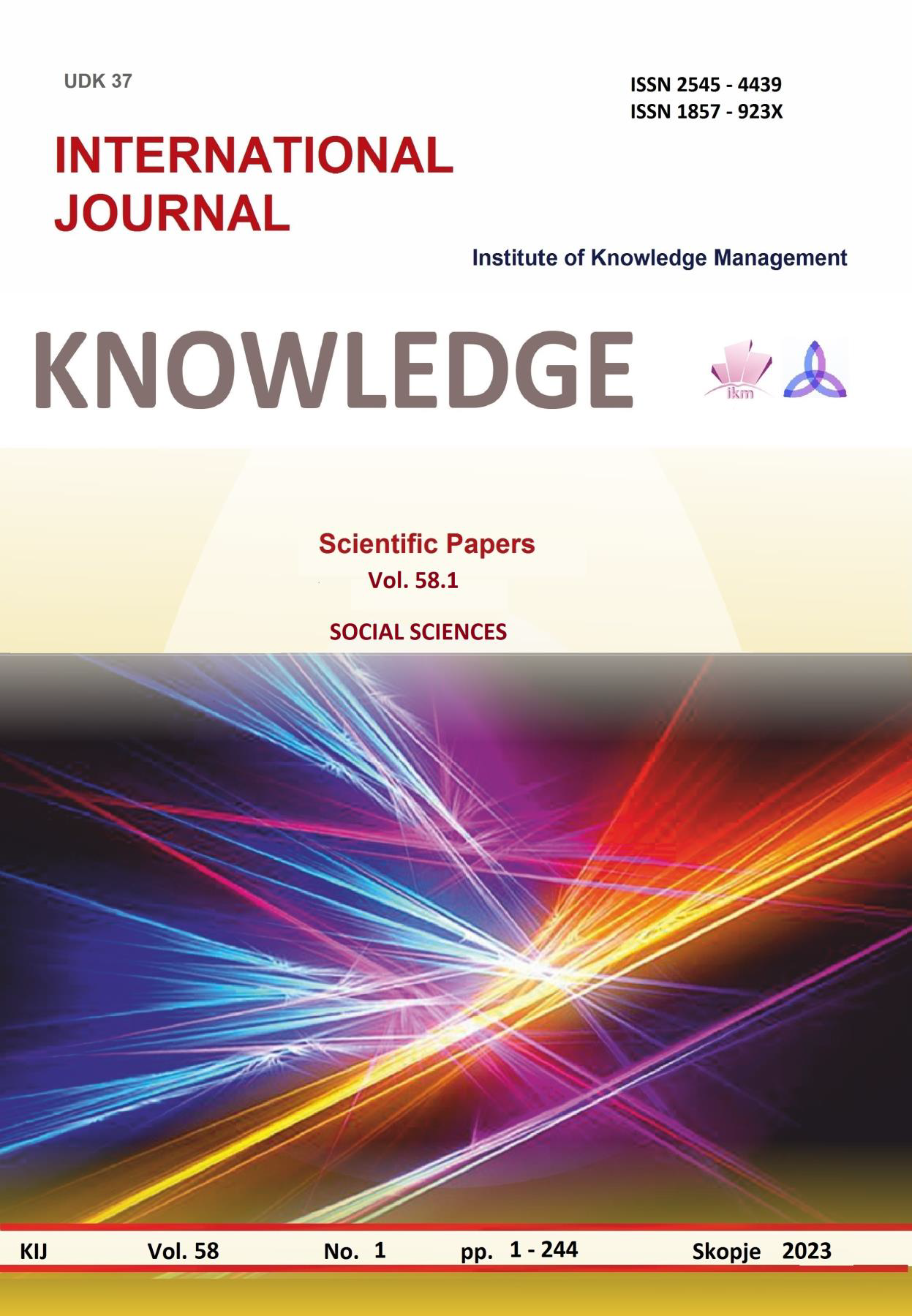IMPROVEMENT OF TOURIST TRAFFIC IN BUDVA
DOI:
https://doi.org/10.35120/kij5801021rKeywords:
tourism, bridging, sustainability, infrastructure, BudvaAbstract
Tourism development is impossible without adequate basic and supporting infrastructure. In this regard, traffic accessibility is one of the inseparable components in the successful tourist development of the destination. For decades, Budva is recognized as the metropolis of Montenegrin tourism, which is justified by official data indicating that Budva receives the highest number of tourist arrivals and overnight stays. In the last couple of decades, there has been an enormous expansion of building apartments in Budva, which generates an increased need for better traffic infrastructure. This refers to the arrivals and departures of tourists along the Montenegrin coast, as well as internal traffic within the municipality of Budva. Estimates of the users of transport services are around 160,000 tourists, around 60,000 refugees, and around 25,000 residents during the peak tourist season. The above statement points to the need to establish an adequate traffic infrastructure that enables the unimpeded mobility of both tourists and the local population. In 2019, air transport took part in the transport of tourists in Budva with 57% and road transport around 38% (car 25%, bus 13%, train 1%). Water traffic (ferry/ship) is represented only to a lesser extent. The nearest airport, which at the same time realizes the largest number of charter flights during the season, is Tivat Airport, which is located near Budva, 24 km away. The second airport is located in Podgorica and is characterized by the fact that it is active throughout the year 24 hours a day, while Tivat Airport is exclusively a daytime airport. The biggest problem is the road connection between Budva - Tivat and Budva - Podgorica, since the roads are particularly overloaded during the season. Apart from the airport in Montenegro, it is also important to mention the airport in Dubrovnik, which in the period before 1990 had the most significant role because a huge number of tourists came to Montenegro from this airport. A special problem is the congestion that is created at the entrance and through the city center, which indicates the need to develop a project of expressways and bypasses around the city. The local self-government, in cooperation with the competent state authorities, must in the following period begin the development of the expressway project to establish the best possible connection between the cities. One of the effective solutions is the establishment of sea traffic between Budva and Tivat Airport, which would relieve road traffic to a significant extent, while tourists would be allowed to get to know the natural beauties of the Montenegrin coast by sailing between Tivat and Budva. Apart from road traffic, the problem which needs to be solved as soon as possible, emphasis should be placed on sea traffic, which can be achieved through the development of a plan for the Budva marina, which would include the relocation of yachts from the marina, where the most space should be left for tourist boats. The purpose of the tourist boats would be to enable the transfer of tourists from Budva to the island of Sv. Nikola as well as to other beaches and attractions located along the entire Budva coast. Also, there is a need to work on the planning of pedestrian zones in the city, where motor vehicle traffic in the inner city core during the season would be prohibited, except for local electric vehicles that would transport tourists and residents along the entire Budva Riviera. By implementing the trends of the world's leading destinations, which are based on the widest possible use of sustainable means of transportation, Budva should provide bicycles and electric scooters, which will be available to tourists at several different stations on the territory of the entire municipality. In this way, Budva would build the image of a destination that takes special care of sustainable tourism development, which certainly represents an important segment in the positioning of Budva on the tourist map of Europe.
References
Đorđević, M., & Kokić Arsić, A. (2010). Ekološki menadžment – uslovi održivog razvoja turizma
Konjević, N. (2014). Savremena cestovna infrastruktura kao faktor razvoja obalnog područja, Institut za saobraćaj i komunikacije Sarajevo, Sarajevo
Mascontour. (2019). Istraživanje o stavovima turista i lokalnih dionika o turizmu i turističkom proizvodu Budve, Turistička organizacija Budva
Master plan razvoja turizma Crne Gore do 2020. (2008). DEG
Ministarstvo ekologije, prostornog planiranja i urbanizma. (2022). Prostorni plan Crne Gore do 2040. godine, Vlada Crne Gore, Podgorica
Ministarstvo ekonomskog razvoja. (2022). Strategija razvoja turizma Crne Gore 2020 – 2025. sa akcionim planom, Podgorica
Ministarstvo održivog razvoja i turizma. (2013). Informacija o povezanosti i dostupnosti Crne Gore u funkciji razvoja turizma, Podgorica
Ministarstvo saobraćaja i pomorstva Crne Gore. (2019). Strategija razvoja saobraćaja Crne Gore, 2019-2035, Vlada Crne Gore, Podgorica
Ministarstvo unutrašnjih poslova Crne Gore, https://www.gov.me/mup 2023
Ratković, R. (2009). Razvoj hotelijerstva u Crnoj Gori, geneza, stanje i perspektive, Budva
Turizam. Monstat, 2016-2022





